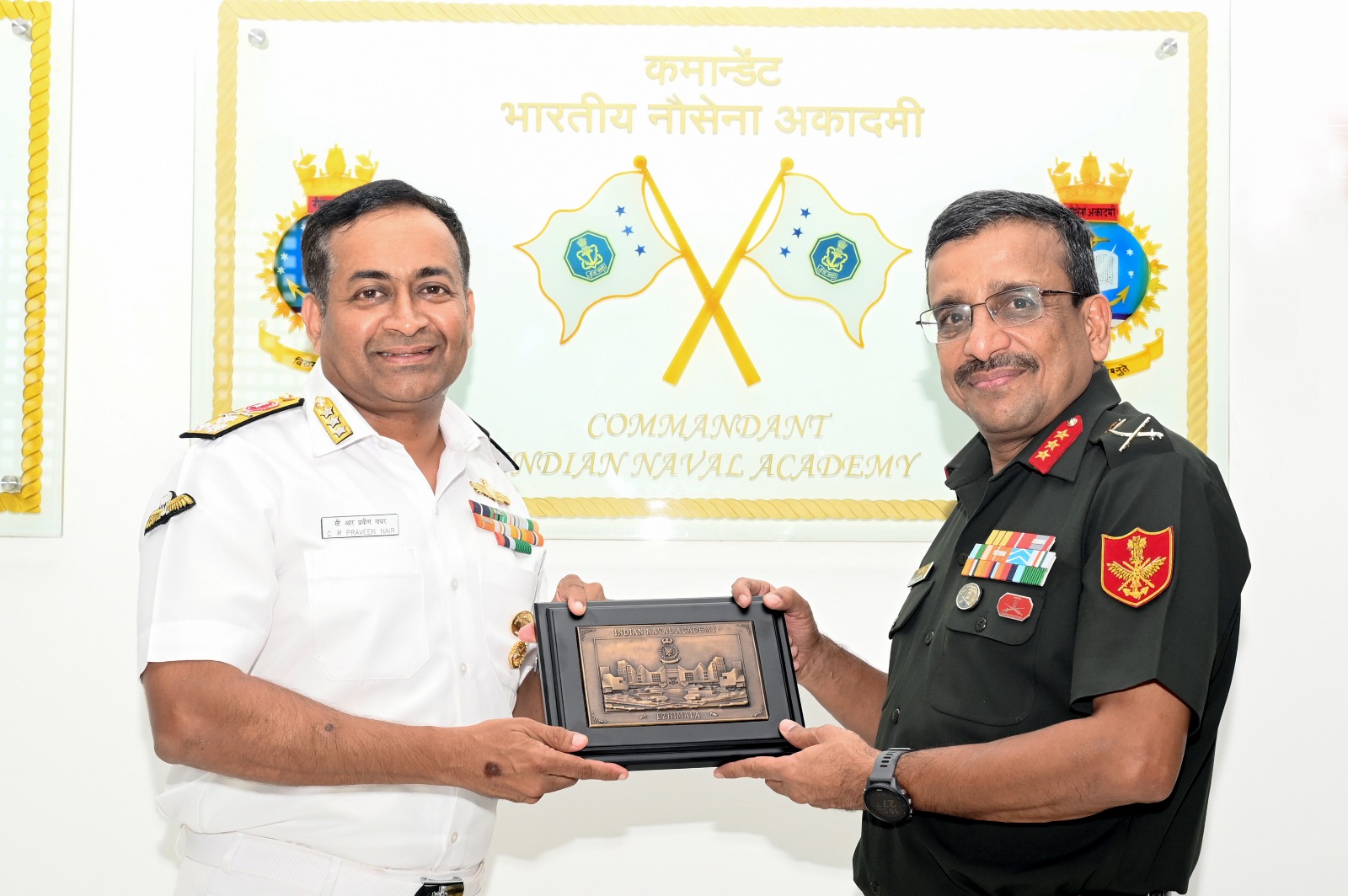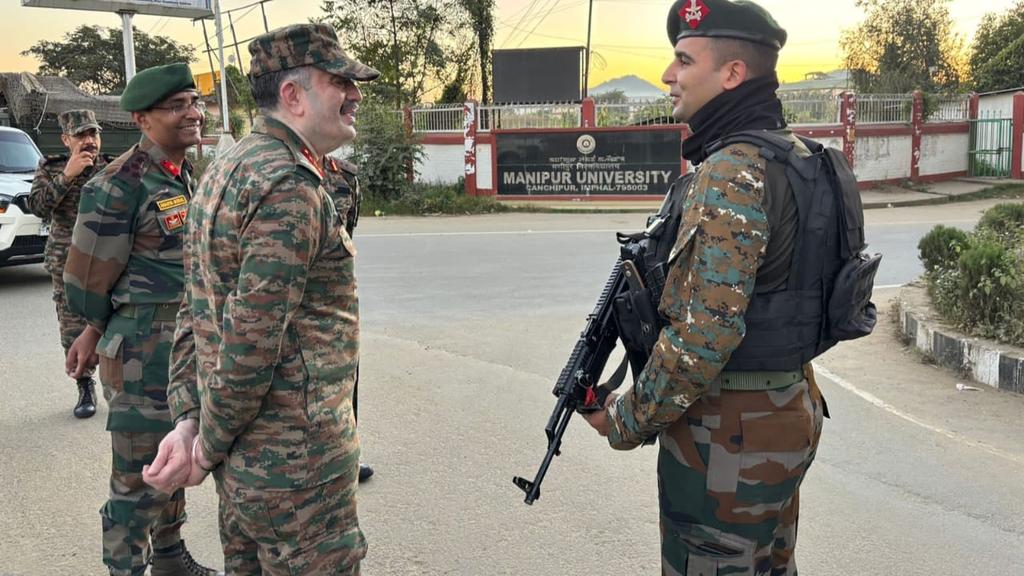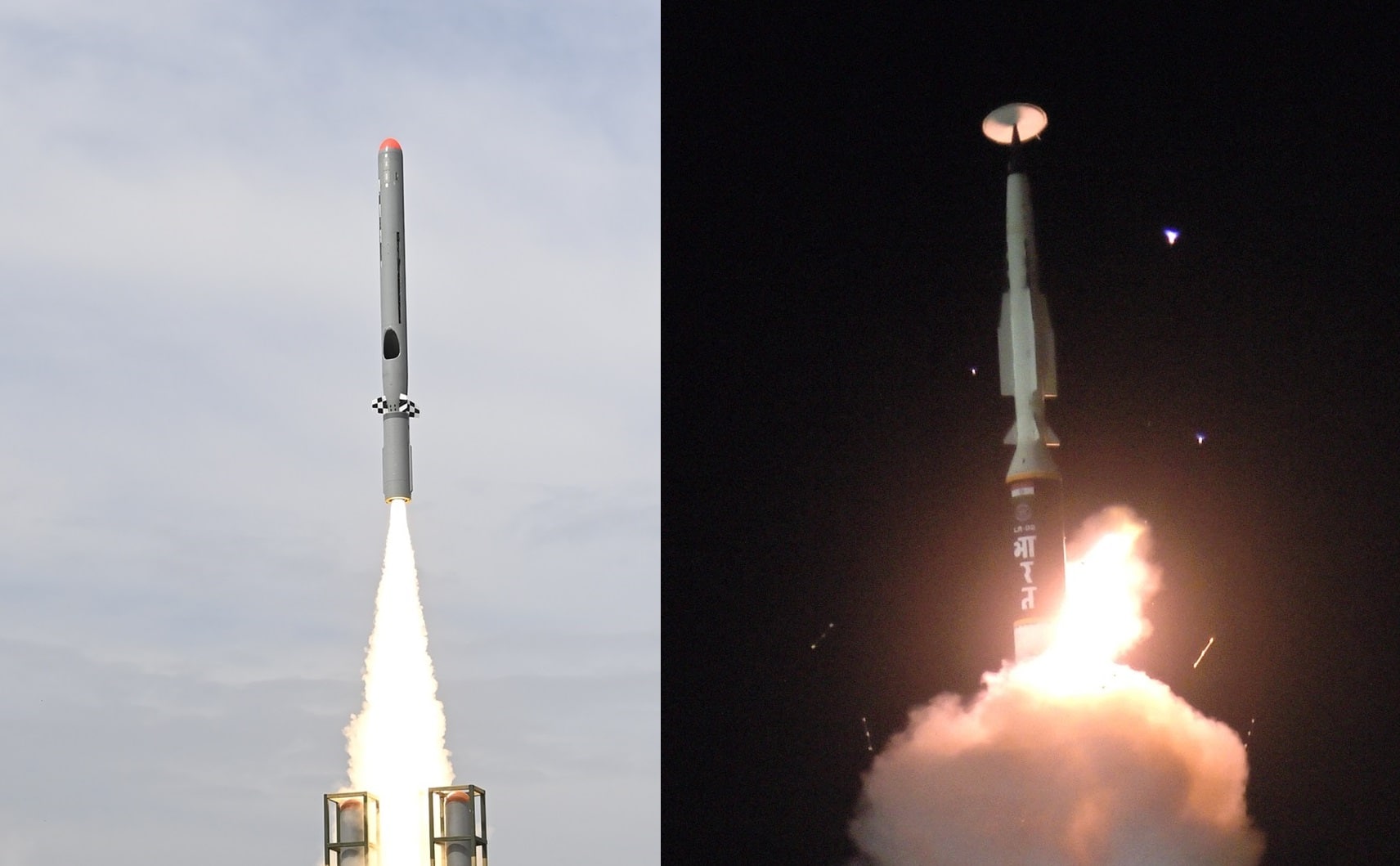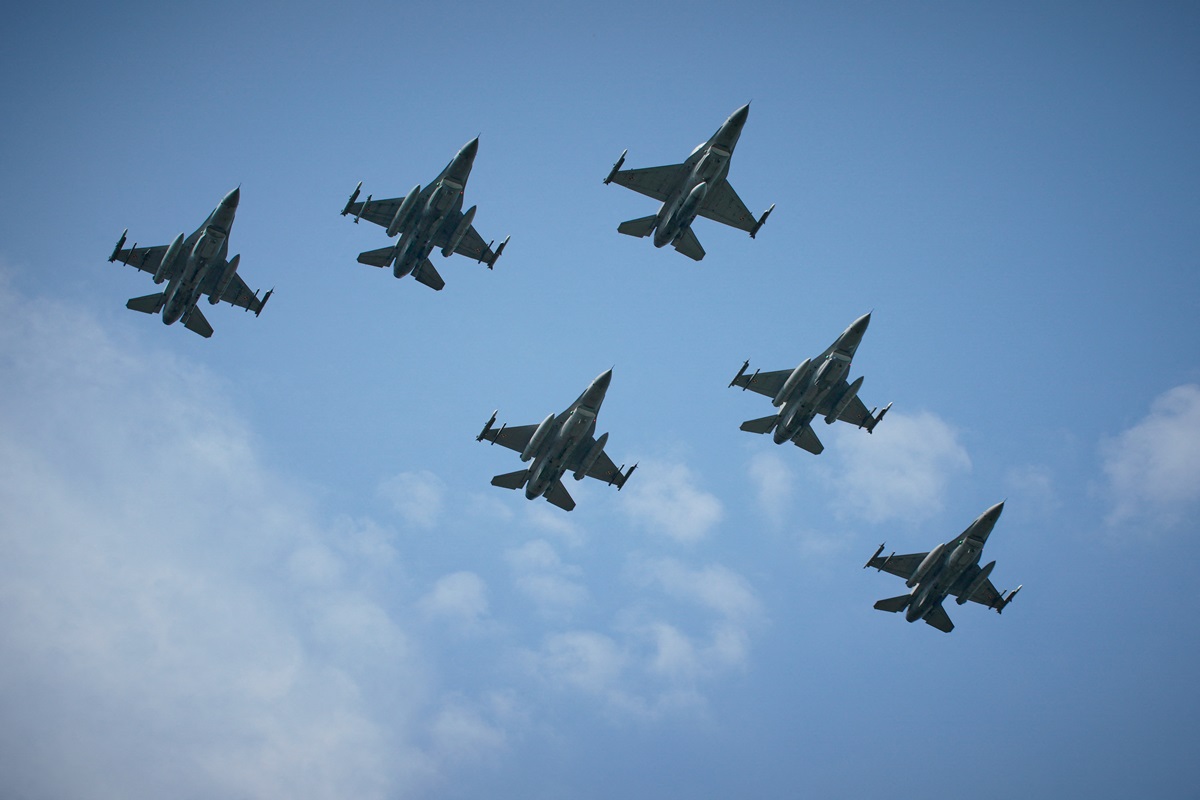Lt General Vipul Shinghal Visits Indian Naval Academy
Lt Gen Vipul Shinghal, Deputy Chief of Integrated Defence Staff (DCIDS), visited the prestigious Indian Naval Academy (INA) from 14th…
Lt General A S Pendharkar Visits Indian Army and Assam Rifles Units in Manipur
Lieutenant General A S Pendharkar, General Officer Commanding (GOC) of the Spear Corps, visited Indian Army and Assam Rifles units…
Gajraj Corps Commemorates Nuranang Day in Arunachal Pradesh, Honoring Bravery of War Heroes
The Gajraj Corps of the Indian Army marked Nuranang Day in Tawang district, Arunachal Pradesh, on Sunday, honoring the sacrifices…
Indian Army Commemorates Nuranang Day in Arunachal Pradesh to Honor War Heroes
The Gajraj Corps of the Indian Army held a significant observance of Nuranang Day in Tawang district, Arunachal Pradesh, focusing…
India Successfully Tests First Long-Range Hypersonic Missile and LRLACM
On November 16, India’s Defence Research and Development Organisation (DRDO) achieved a significant milestone with the successful flight trial of…
Poland Scrambles Fighter Jets in Response to Massive Russian Missile and Drone Attack on Ukraine
In a dramatic escalation of tensions in Eastern Europe, Poland has taken significant military measures in response to a “massive”…






